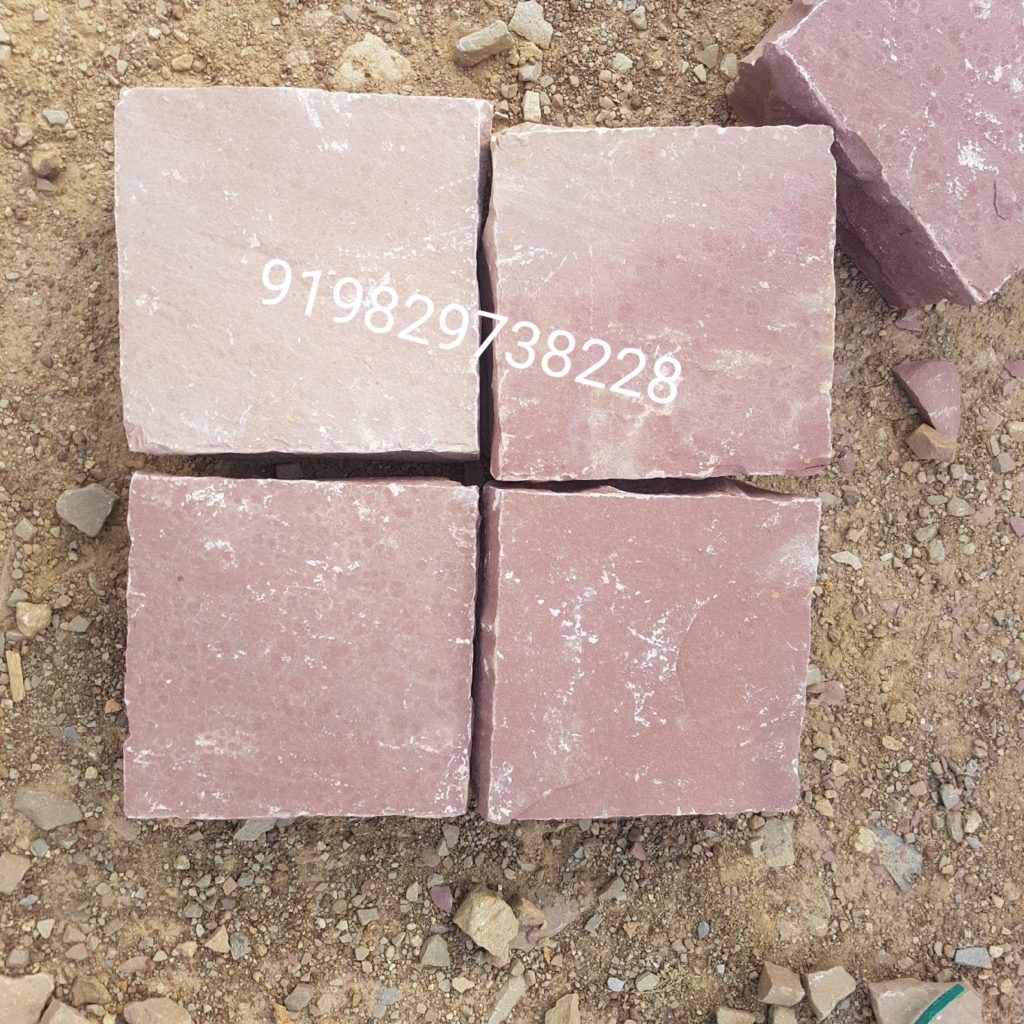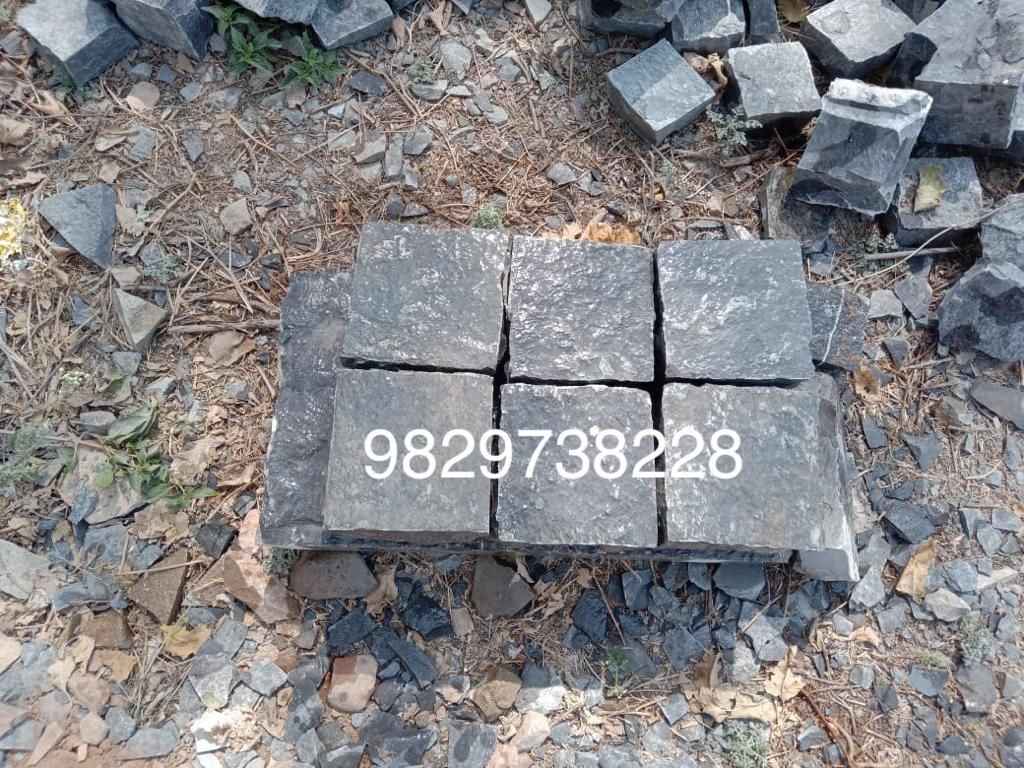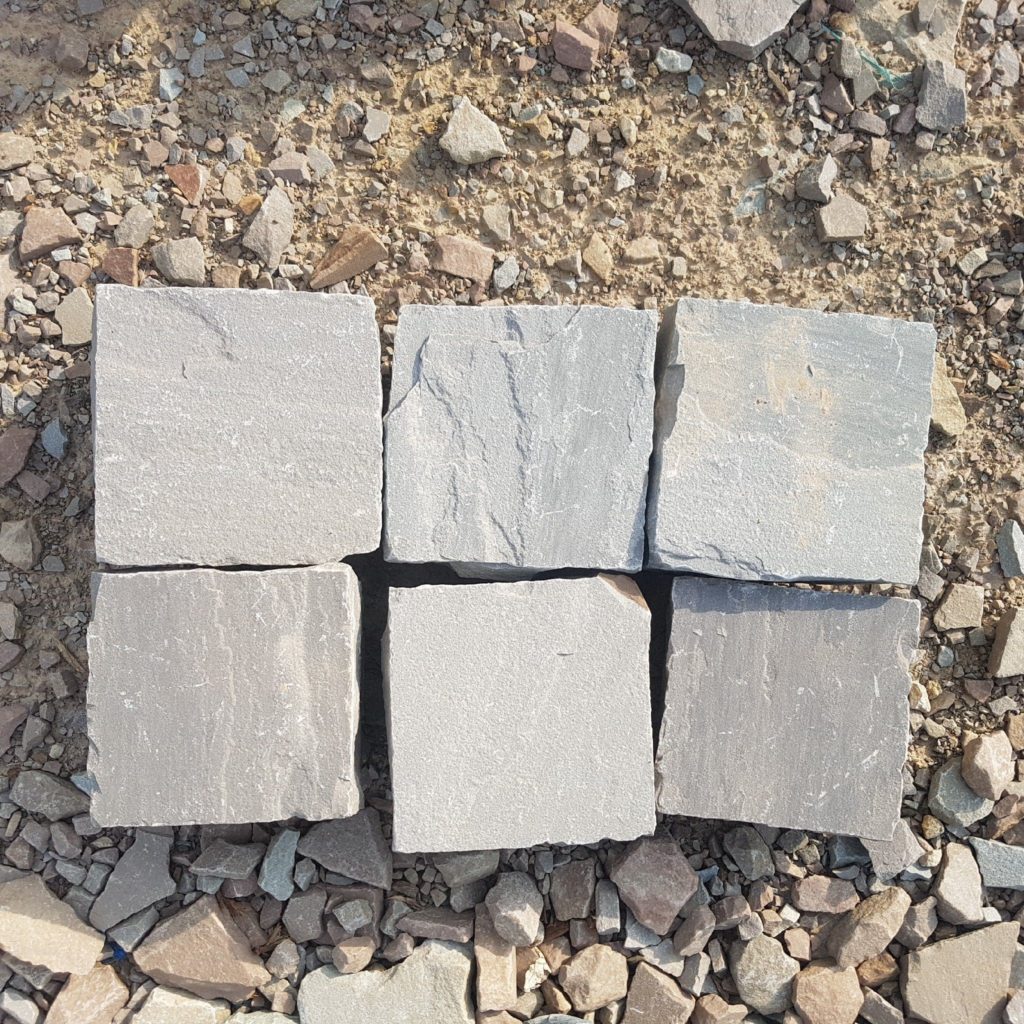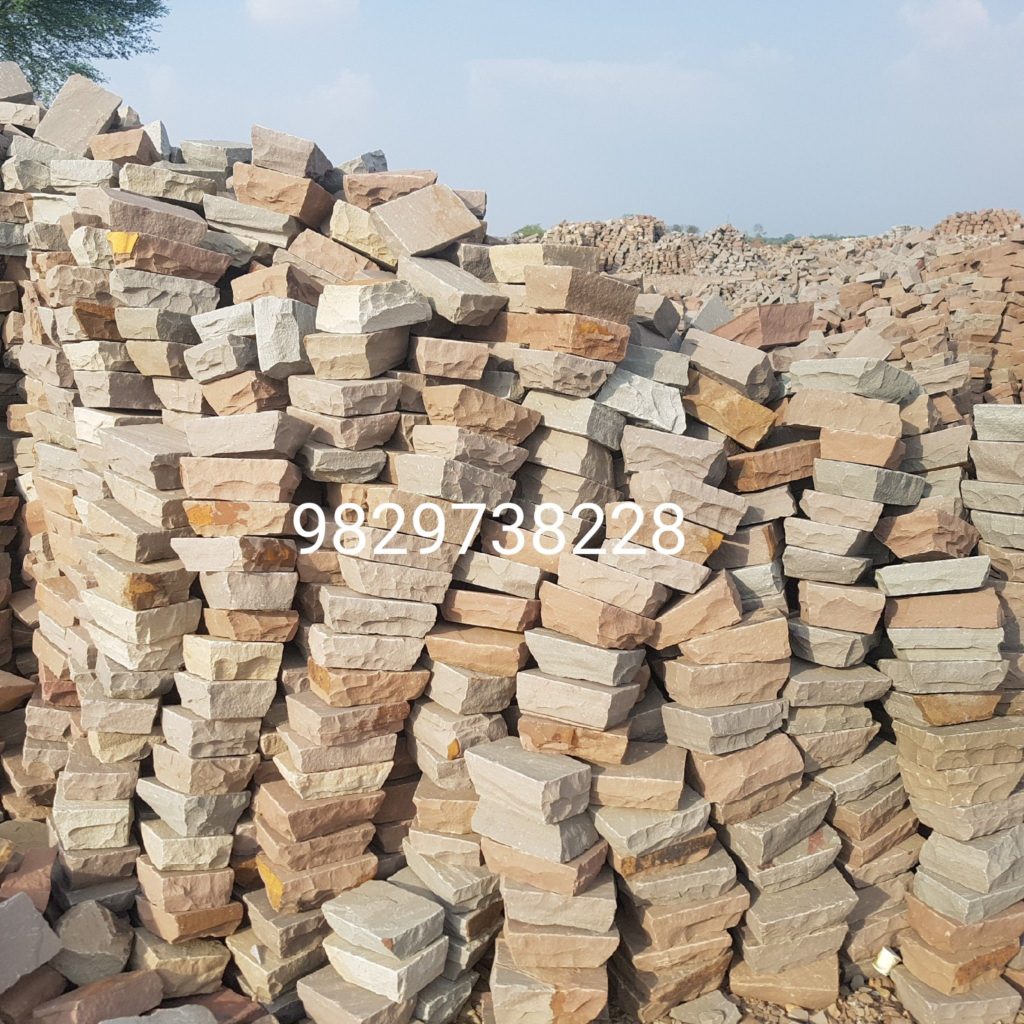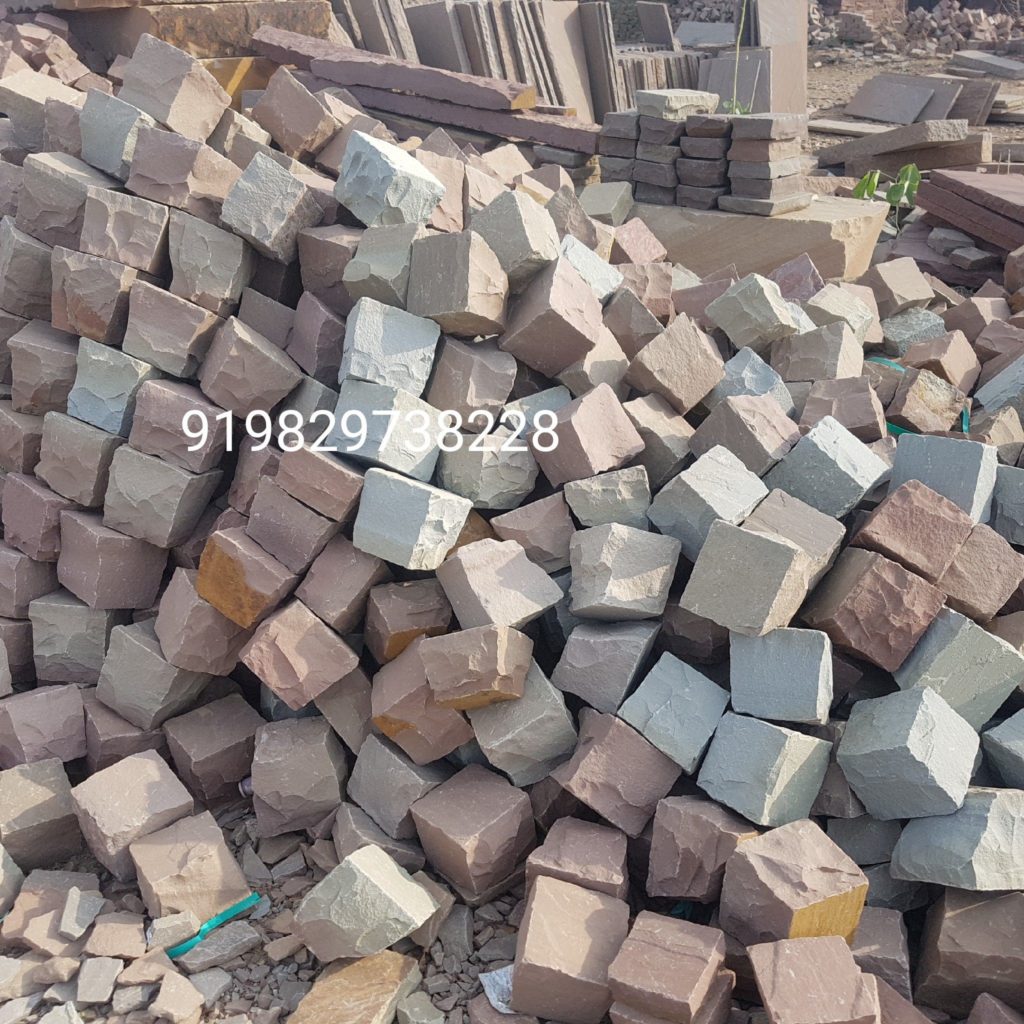Cobblestone
Cobblestone is
a natural building material based on cobble-sized stones, and is used for pavement
roads, streets, and buildings.
In England, it was commonplace since ancient times for flat stones with a flat
narrow edge to be set on edge to provide an even paved surface. This was known
as a ‘pitched’ surface and was common all over Britain, as it did not require
rounded pebbles. Pitched surfaces predate the use of regularly-sized granite
setts by more than a thousand years. Such pitched paving is quite distinct from
that formed from rounded stones, although both forms are commonly referred to
as ‘cobbled’ surfaces. Most surviving genuinely old ‘cobbled’ areas are in
reality pitched surfaces. A cobbled area is known as a “causey”,
“cassay” or “cassie” in Scots (probably
from causeway).[1]
Setts are often idiomatically[2] referred to as “cobbles”,
although a sett is distinct from a cobblestone by being quarried or shaped to a
regular form, whereas cobblestone is generally of a naturally occurring
form.[3]
Cobblestones
are typically either set in sand or similar material, or are bound together
with mortar. Paving with cobblestones allows a road to be heavily used all
year long. It prevents the build-up of ruts often found in dirt
roads. It has the additional advantage of not getting muddy in wet weather or
dusty in dry weather. Shod horses are also able to get better traction on stone
cobbles, pitches or setts than tarmac/asphalt. The fact
that carriage wheels, horse hooves and even modern
automobiles make a lot of noise when rolling over cobblestone paving might be thought
a disadvantage, but it has the advantage of warning pedestrians of their
approach. In England, the custom was to strew the cobbles outside the house of
a sick or dying person with straw to dampen the sound.
Cobblestones set in sand have the environmental advantage of being permeable
paving, and of moving rather than cracking with movements in the ground.
Cobblestones
were largely replaced by quarried granite setts (also known as
Belgian block[4]) in the nineteenth century. The word cobblestone is often
wrongly used to describe such treatment. Setts were relatively even and roughly
rectangular stones that were laid in regular patterns. They gave a smoother
ride for carts than cobbles, although in heavily used sections, such as in
yards and the like, the usual practice was to replace the setts by parallel
granite slabs set apart by the standard axle length of the time.
Cobblestoned and “setted” streets gradually gave way
to macadam roads, and later to tarmac, and finally
to asphalt concrete at the beginning of the 20th century. However,
cobblestones are often retained in historic areas, even for streets with
modern vehicular traffic. Many older villages and cities
in Europe are still paved with cobblestones or pitched. In recent
decades, cobblestones have become a popular material for paving
newly pedestrianised streets in Europe. In this case, the noisy
nature of the surface is an advantage as pedestrians can hear approaching
vehicles. The visual cues of the cobblestones also clarify that the area is
more than just a normal street.[5] The use of cobblestones/setts is also
considered to be a more “upmarket” roadway solution, having been
described as “unique and artistic” compared to the normal asphalt
road environment.[6]
In older U.S. cities such as Philadelphia, Boston, Pittsburgh,[4] New
York City, Chicago, San Francisco, New Castle, Portland
(Maine), Baltimore, Charleston, and New Orleans, many of the
older streets are paved in cobblestones and setts (mostly setts); however, many
such streets have been paved over with asphalt, which can crack and erode away
due to heavy traffic, thus revealing the original stone pavement.
In some places such as Saskatoon, Saskatchewan, Canada, as late as
the 1990s some busy intersections still showed cobblestones through worn down
sections of pavement. In Toronto streets using setts were used by streetcar
routes and disappeared by the 1980s, but are still found in the Distillery
District.
Many cities in Latin America, such as Buenos
Aires, Argentina; Zacatecas and Guanajuato, in Mexico; Old
San Juan, Puerto Rico; Philippines, Vigan;
and Montevideo, Uruguay, are well known for their many cobblestone
streets, which are still operational and in good condition. They are still
maintained and repaired the traditional manner, by placing and arranging
granite stones by hand.
In the Czech Republic, there are old cobblestone paths with
colored marbles and limestones. The design with three colors
(red/limestone, black/limestone, white/marble) has a long tradition
in Bohemia. The cubes of the old ways are handmade.
